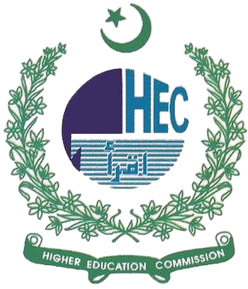عقیدہ مہدی و نزول مسیح علیہ السلام: تاریخی ارتقاء، فکری انحرافات اور احادیث کی روشنی میں تحقیقی و تنقیدی جائزہ
The Belief in Mahdī and the Descent of ʿĪsā (Jesus, peace be upon him): A Critical and Analytical Study in the Light of Ḥadīth, Historical Evolution, and Doctrinal Deviations
DOI:
https://doi.org/10.63878/jalt807Keywords:
Mahdī, Jesus (ʿĪsā), Eschatology, Ḥadīth Authenticity, Sectarian Misuse.Abstract
The belief in the appearance of Imam Mahdī and the descent of Prophet ʿĪsā (Jesus, peace be upon him) near the end of times is a widely held eschatological concept in Islamic theology. This doctrine, while absent in the explicit wording of the Qur’ān, is extensively supported through multiple authentic ḥadīth narrations to the extent of tawātur (mass transmission), especially within Sunni traditions. However, across the passage of time, this belief has encountered severe distortion—on one hand, modernist and rationalist circles label it as myth or political invention, while on the other, certain sectarian and revolutionary groups have politicized or personalized the concept for specific agendas, even declaring false Mahdīs. This research critically analyzes the evolution of the Mahdī and Jesus doctrines, tracing their historical development and evaluating the authenticity of relevant ḥadīth reports. It also discusses the emergence of false claimants and the socio-political misuse of the doctrine across different eras. The paper maintains a balanced perspective, neither rejecting the doctrine due to modern skepticism nor falling into speculative interpretations. The study concludes that belief in Mahdī and ʿĪsā's descent holds a significant place in Islamic eschatology and serves as a reminder for ethical reform and justice. However, an over-reliance on this belief without personal and societal responsibility often leads to stagnation. The proper understanding of these doctrines necessitates scholarly rigor and balance to avoid the twin pitfalls of denial and exaggeration.
Downloads
Published
Issue
Section
License

This work is licensed under a Creative Commons Attribution-NonCommercial-NoDerivatives 4.0 International License.



